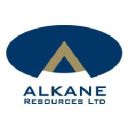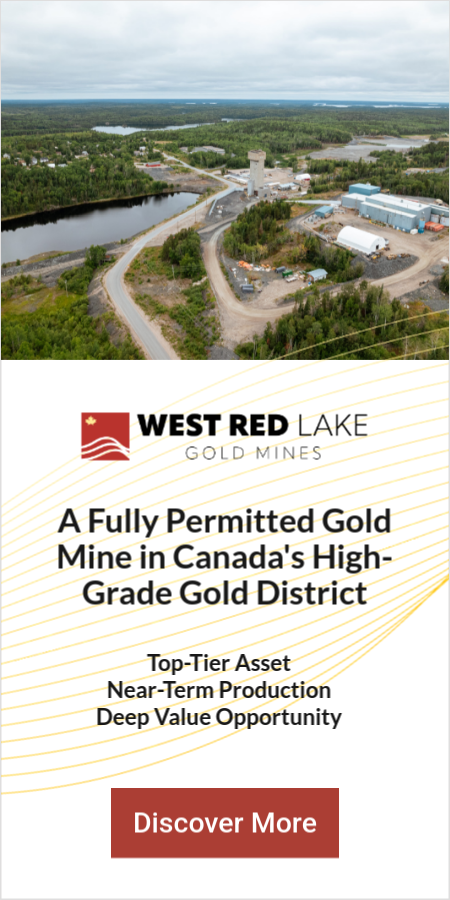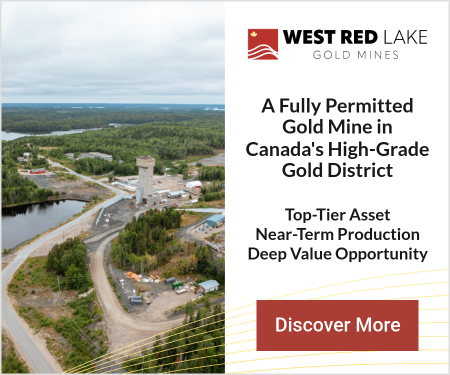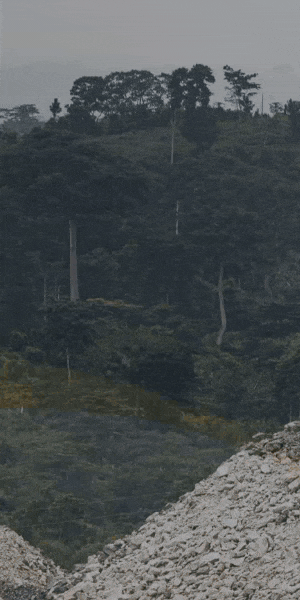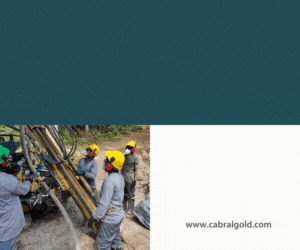Alkane Resources Advances Cost Reductions and M&A Strategy After Transformational Merger
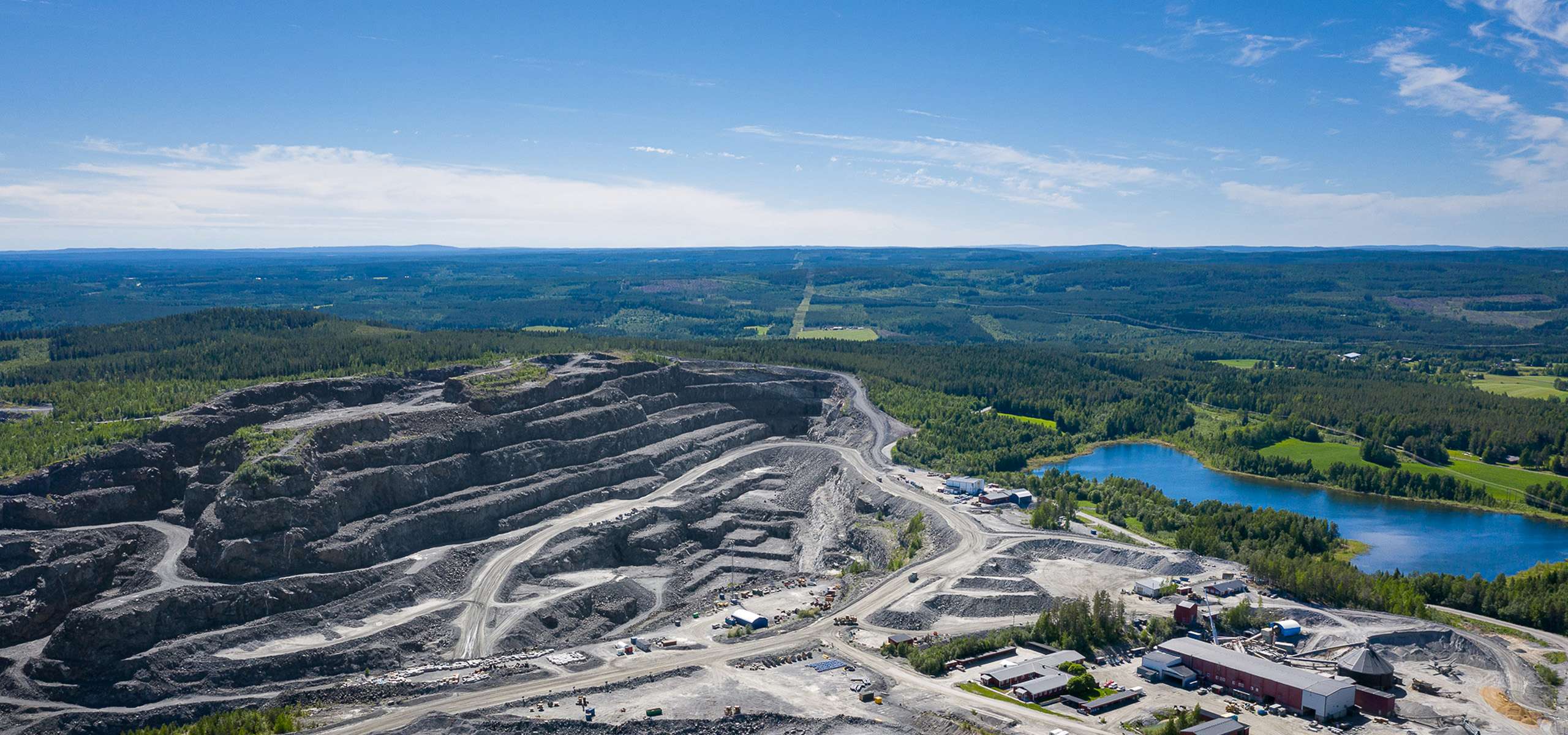
Alkane Resources: 160-175k oz producer, A$170M cash, zero debt. Targeting M&A in tier-one jurisdictions within 12 months while reducing Bjorkdal costs 20-25%. Trading 0.7x P/NAV.
- Alkane Resources completed merger with Mandalay Resources in August 2025, achieving production guidance of 160-175k ounces annually and market cap of A$1.4 billion
- Company maintains debt-free status with A$170 million in cash and bullion, generating substantial free cash flow at current gold prices
- Strategic focus on M&A in tier-one jurisdictions (Australia, New Zealand, USA, Canada, Scandinavia) with target to complete acquisition within 12 months
- Operational priorities include cost reduction at Björkdal (Sweden), resource expansion at Costerfield, and completion of Tomingley highway project
- Management emphasises disciplined capital allocation, maintaining price-to-NAV awareness at ~0.7x while evaluating developer targets approaching 0.6x valuations
Alkane Resources (ASX:ALK) is on it's way towards becoming a mid-tier gold producer following its transformational merger with Mandalay Resources, which completed in early August 2025. With three operating mines across Australia and Sweden, the company is now generating significant free cash flow and actively pursuing its next phase of growth. Managing Director and CEO Nic Earner recently outlined the company's strategic priorities, operational improvements, and approach to capital allocation in a strengthening gold price environment.
Merger Integration Delivers on Key Objectives
The integration of Mandalay Resources has achieved the primary objectives set by both management teams at the outset. Earner explained the targets:
"We wanted to increase production. Let's approach 180,000 ounces. So by June to July next year we’ll reach 160 to 175. We're on the way, but yet to tip over that. We want to be at that run rate by the end of next year."
Beyond production growth, the merger has delivered material improvements in market positioning. Daily trading volume on the ASX has increased to approximately A$8 million, with an additional C$1 million on the TSX. The company has secured placement in the ASX 300 index and is approaching ASX 200 status. Perhaps most significantly, the market capitalization has expanded from approximately A$900 million at the pro-forma merger date to around A$1.4 billion currently, despite volatility in gold markets.
The company maintains a pristine balance sheet with no debt beyond equipment financing, holding A$170 million in cash and bullion. This financial strength provides flexibility for both organic growth initiatives and potential acquisitions.
Operating in a Different Gold Price Reality
Earner emphasised that while gold prices have risen substantially,t he merger was conceived in a markedly different market environment, and so operational discipline remains paramount: "Operational behaviour is always to try and contain and constrain your costs in this environment."
The mathematics of the current gold environment are compelling for Alkane's largely unhedged production profile. With 20% of production hedged and approximately 150,000 ounces exposed to spot prices, Earner explained: "Each 100 bucks you add to the gold price, it's 15 million bucks." This sensitivity to gold price movements has fundamentally altered the company's cash generation capacity while maintaining the same operational footprint.
The elevated gold price has prompted one significant strategic shift: a more liberal approach to capital allocation for permanent cost reductions, particularly at the Swedish Bjorkdal operation. Management is evaluating how capital deployment today might lock in sustainable cost improvements for years ahead, though specific decisions remain under evaluation.
Disciplined M&A Philosophy: Understanding Value
Alkane's approach to mergers and acquisitions reflects sophisticated thinking about capital costs and value creation. Earner articulated a clear framework centered on understanding the company's own valuation metrics:
"It's very relevant to always understand your own value. That's the most important thing to understand."
He provided a detailed example: if Alkane's market price is $1 billion while management believes net asset value is $1.5 billion, the price-to-NAV ratio is 66%. This means raising equity for acquisitions carries an implicit 33% cost of capital, requiring any transaction to generate superior returns beyond that threshold. "You're always weighing up that opportunity," Earner explained, noting that share buybacks could theoretically capture that discount for existing shareholders.
This framework becomes particularly relevant in evaluating development projects, which have seen their valuations rise substantially. Where developers traditionally traded at 0.35-0.4 times NAV, many now approach 0.6 times NAV despite carrying significant execution risk. With Alkane trading around 0.7 times NAV as a producing company, the value proposition for acquiring developers has compressed.
Interview with Nic Earner, MD of Alkane Resources
Geographic Focus to Mitigate Risks
Alkane maintains strict jurisdictional discipline despite attractive opportunities in higher-risk regions. The company focuses exclusively on Australia, New Zealand, USA, Canada, and Scandinavia. This approach reflects both shareholder expectations and management's risk assessment capabilities.
"Our shareholder’s expectation is that we will continue to operate in stable and reasonable jurisdictions."
While acknowledging exceptional opportunities exist in African and South American jurisdictions, management believes its shareholders have deliberately chosen exposure to tier-one risk-reward profiles. Attempting to shift that profile would be inconsistent with investor mandates and the team's operational expertise.
Operational Priorities Based Resource Allocation
Despite M&A aspirations, operational excellence remains the overwhelming organizational focus. Of nearly 1,000 employees, all but approximately 10 concentrate on existing operations, mine planning, cost control, and operational delivery. This allocation reflects management's understanding that organic performance drives shareholder value.
Capital deployment follows a clear hierarchy. Using simplified mathematics with 160,000 ounces at a A$6,000 gold price and A$2,700 cost structure, the company generates substantial operating cash flow. The priority allocation directs approximately A$80 million annually to sustaining and growth capital across the three operations. Earner emphasised that much of this spending focuses on "holding the cost position where it is... and extending the mine life at the current run rate."
Remaining cash accumulates on the balance sheet after tax obligations, creating optionality for acquisitions and potential future shareholder returns. The M&A evaluation process itself consumes modest resources: one-to-three people's salaries for screening opportunities, $50,000-$100,000 for initial due diligence on promising targets, and $1-2 million for comprehensive legal and technical due diligence on transactions approaching binding agreements. Management might pursue five preliminary evaluations annually but would only advance to detailed due diligence once or twice annually on a non-binding handshake basis.
The Björkdal Opportunity
Sweden's Björkdal operation represents both the company's highest-cost asset and greatest optimization opportunity. Operating since the mid-1980s, Björkdal has the longest reserve life in Alkane's portfolio, making cost improvements particularly valuable. Current production runs around 40,000-45,000 ounces annually at approximately US$2,700 all-in sustaining costs.
Management has identified several optimization pathways. An open-pit development allows substituting low-grade underground stopes with higher-grade open-pit material. A new mining area called Storheden at 600-700 meters depth could expand throughput from 950,000 tons to 1.2 million tons annually over the next 12 months. Additional satellite opportunities exist in the four-to-five-year timeframe. The financial impact would be substantial. Earner outlined the potential:
"Moving from this 40-45,000 to 50-55,000... should knock 20-25% out of the all-in sustaining cost, which sees us move from that $2,700 AISC to $2,200"
This would represent a transformational improvement for the operation while leveraging existing infrastructure and the motivated on-site team.
Growth Timeline and Expectations
Alkane's board has established an ambitious but achievable timeline for the next growth phase. "We would very much like to do the next leg of growth... within a 12-month period," Earner stated, while acknowledging the difference between aspiration and execution in volatile markets.
Beyond potential acquisitions, organic initiatives include completing the Tomingley Highway expansion (14 months from project initiation), resource expansion at Costerfield, and the Björkdal cost reduction program. Near-term performance metrics center on continued operational delivery, resource growth, cost reduction achievement, and most critically, accelerating cash accumulation.
Earner emphasised that cash growth serves multiple purposes beyond M&A funding: "It's a value relativity basis." Companies producing similar ounces with similar mine lifes and generating similar cash flows should trade at comparable valuations. As Alkane demonstrates superior cash generation and investors become more familiar with its assets, particularly Costerfield, the market should recognise this relative value differential.
Due Diligence Insights and Project Evaluation
Management's operational experience informs a skeptical but constructive approach to evaluating development projects. Earner identified common gaps in definitive feasibility studies: permitting timelines often underestimate sub-permit requirements like specific water extraction licenses, adding months to schedules. Capital cost estimates may not reflect current tender prices or include sufficient contingencies. Metallurgical testing, while generally well-executed, may not cover ore body variability as extensively as operating companies would prefer.
These observations don't disqualify development opportunities but inform valuation and risk assessment. Alkane's operational capabilities and engineering database provide advantages in estimating true development costs and timelines, though management applies conservative assumptions when evaluating targets.
The Investment Thesis for Alkane Resources
- Production Platform: 160-175k ounces annually across three operating mines with clear pathway to 180k+ ounces, providing scale and diversification in tier-one jurisdictions
- Financial Strength: Debt-free balance sheet with A$170 million cash and bullion, generating accelerating free cash flow at current gold prices (A$15 million incremental cash flow per US$100 gold price increase on 150k unhedged ounces)
- Operational Leverage: Björkdal improvement initiatives targeting 20-25% AISC reduction (from US$2,700 to ~US$2,200) through production increase to 50-55k ounces and grade optimization
- Strategic Optionality: Active M&A pipeline focused on permitted developers in tier-one jurisdictions with <2-year development timelines, targeting completion within 12 months
- Market Position: Trading at ~0.7x price-to-NAV with ASX 300 inclusion and approaching ASX 200 status, providing improved liquidity (A$8M daily ASX volume) and potential for valuation rerating
- Capital Discipline: Rigorous evaluation framework maintaining cost-of-capital awareness, with management prioritising value accretion over deal completion while allocating A$80M annually to sustaining/growth capex
- Cash Accumulation: Projected to generate A$180M (current year), A$250M (next year), and A$350M+ annually assuming stable gold prices, creating war chest while demonstrating peer-leading cash generation
- Index Inclusion: Firm ASX 300 membership with proximity to ASX 200, potentially driving passive fund flows and institutional recognition
Macro Thematic Analysis
The gold market environment has fundamentally shifted, with prices reaching new highs amid geopolitical uncertainty and monetary policy concerns. Mid-tier producers like Alkane Resources benefit disproportionately from this dynamic, as incremental gold price increases flow directly to free cash flow without proportional cost inflation. The company's debt-free status and production base of 160-175k ounces positions it to generate substantial cash accumulation while maintaining operational focus. However, the rising gold price has simultaneously inflated valuations across development-stage assets, compressing traditional valuation discounts from 0.35-0.4x price-to-NAV to approximately 0.6x, complicating acquisition economics. This creates a strategic tension: strong cash generation enables M&A activity, yet elevated target valuations demand increased discipline. Management's commitment to tier-one jurisdictions further constrains the opportunity set while protecting against geopolitical risk. The optimal strategy involves patience in M&A execution while demonstrating operational excellence and cash accumulation, ultimately driving valuation rerating toward peers.
TL;DR: Executive Summary
Alkane Resources has successfully integrated the Mandalay merger, establishing a 160-175k ounce production platform across tier-one jurisdictions with A$170M cash and zero debt. The company is generating accelerating free cash flow (A$15M per US$100 gold price increase) while pursuing cost reduction at Bjorkdal (targeting 20-25% AISC reduction) and evaluating M&A opportunities in stable jurisdictions with a 12-month completion target. Trading at ~0.7x P/NAV with improving liquidity and index positioning, the company offers operational leverage, strategic optionality, and peer-leading cash generation in a strengthening gold environment.
FAQs (AI Generated)
Analyst's Notes




Subscribe to Our Channel
Stay Informed










